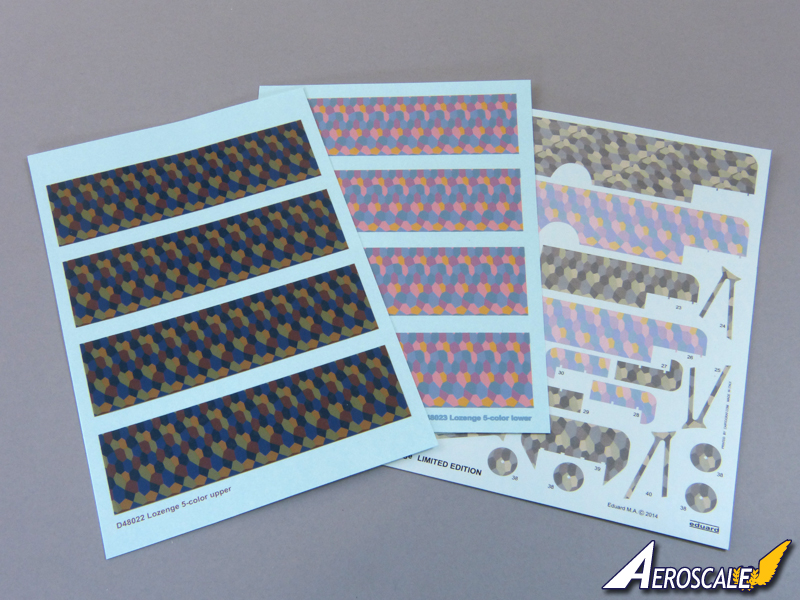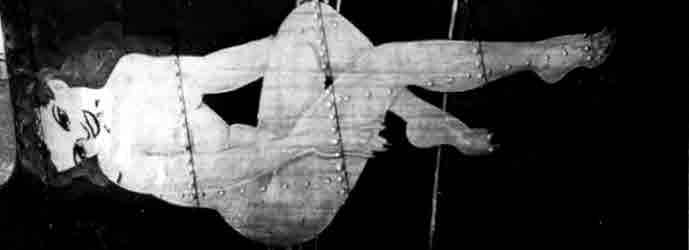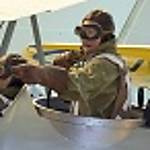Hi Tom
Yep - from my old art-school studies, I totally concur with Stephen on the use of synthetic dyes by that period.
But I equally share your doubts over the "absolute" matches that we, as modellers, like to cling to when replicating colours.
The real eye-opener for me was Luftwaffe WW2 paints (RAF colours too, later, when I took the restoration course as a volunteer at the RAF Museum); the closer you study the subject, the harder it is to pin precise values to what had been assumed to be hard-and-fast colours. When original German paint manufacturers replicated their wartime formulae (as closely as possible within modern restraints), the results were strikingly different. Unsettling or comforting, depend on your point of view!

Wind that back 20+ years to when, presumably, standards may, if anything, have been more lenient - and my doubts over "absolute" colour value grow deeper. Add to that the vagaries of pigment quality and supply - and you've got a real conundrum. Then, as you and Stephen both say, there's weathering to take into account.
Stephen - have German WW1 dye suppliers been identified and their output compared? I'm presuming there wasn't only one? - and from what I've been taught of German and British WW2 production, I'd risk a bet their output doesn't match precisely.
There'll probably never be a definitive answer, but it's topics like this that makes modelling so fascinating.

All the best
Rowan





































